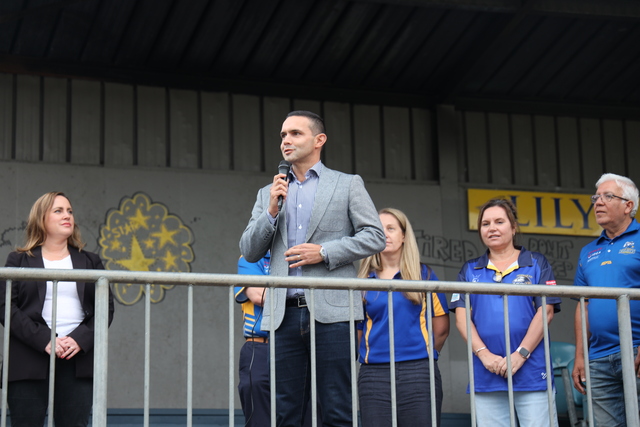Australians are being asked to think twice about asbestos as new research reveals a surge in DIY home improvements during the COVID-19 pandemic.
The survey of 1506 home improvers commissioned by the Asbestos Safety Eradication Agency, for National Asbestos Awareness Week (22-28 November 2021) found:
• 46 per cent of those intending to do home improvement works cited pandemic-related motivations for doing so;
• 38 per cent have worked on a risky property built between 1940 and 1990, the decades of greatest concern and;
• 28 per cent of those who had found asbestos admitted to illegally disposing of it, most commonly placing it in their household bin or a neighbour’s.
Asbestos Safety Eradication Agency CEO Justine Ross said the increase in home improvement has prompted concerns over an increase in asbestos exposure.
“For anyone who thinks asbestos-related diseases are a thing of the past, think again. Asbestos is still causing cancer in Australians,” she said.
Around 700 cases of mesothelioma are diagnosed in Australia each year and the estimated annual health system expenditure for mesothelioma is more than $27 million annually.
It is estimated that over 6 million tonnes of legacy asbestos remains in the built environment and at the current rate of disposal is likely to remain in significant amounts until at least 2060. It is in 1 in 3 homes nationwide.
“Australia has huge amounts of legacy asbestos in the built environment, all of which is reaching the end of its product life. We are using technology to help us better understand the location and density of it so it can be better managed.”
The agency is developing a national residential asbestos heatmap using data-driven artificial intelligence, the first time this cutting-edge technology has been applied to find solutions to manage Australia’s residential asbestos legacy.
“This work is already under way and once completed next year, it will allow governments to target awareness and removal programs where they are most needed, protecting homeowners and tradespeople.
“It also means we can better target infrastructure and resources, such as waste disposal facilities, in areas that will need it most.
“While there is no safe level of exposure to asbestos fibres, with the right knowledge and tools, we can safely manage asbestos, and avoid exposure to its deadly fibres to prevent a new wave of suffering.”
“We want to see Australians treat asbestos with the same caution as electricity. People working on homes built before 1990 can stay safe if they know where asbestos is, if they don’t disturb or damage it, and if they seek professional help to locate, manage or remove it.”







